The Phantom of the Forest
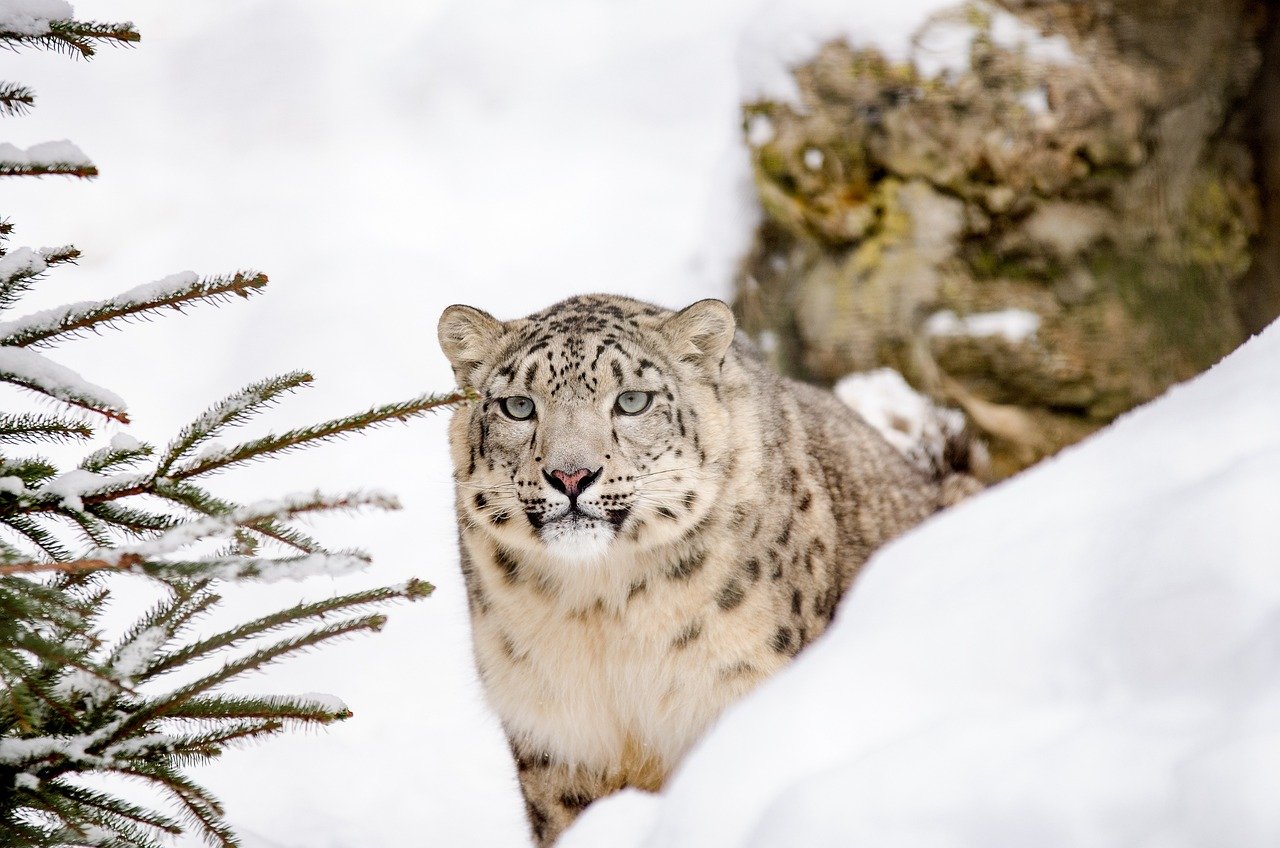
Leopards embody the ultimate contradiction in the big cat world. While they’re known as solitary hunters, these spotted predators actually maintain complex social networks that span territories larger than most cities. A single leopard can recognize dozens of other individuals through scent marking and vocal communications.
Their solitude isn’t about avoiding others—it’s about survival strategy. By spacing themselves out across vast territories, leopards reduce competition for prey and avoid the conflicts that could prove fatal. Yet mothers teach their cubs for up to two years, creating bonds that last well beyond independence.
Silent Stalkers of the Savanna

Cheetahs break every rule about big cat social behavior. Brothers often stay together for life, forming coalitions that can take down prey twice their individual size. These partnerships challenge our understanding of feline independence and show how cooperation can overcome physical limitations.
Female cheetahs, however, embrace true solitude except when raising cubs. They’ll travel hundreds of miles to avoid other females, yet they communicate through scent posts that tell complex stories about health, reproductive status, and territorial boundaries. It’s like a sophisticated social media network written in chemical signals.
Mountain Ghosts and Their Invisible Bonds
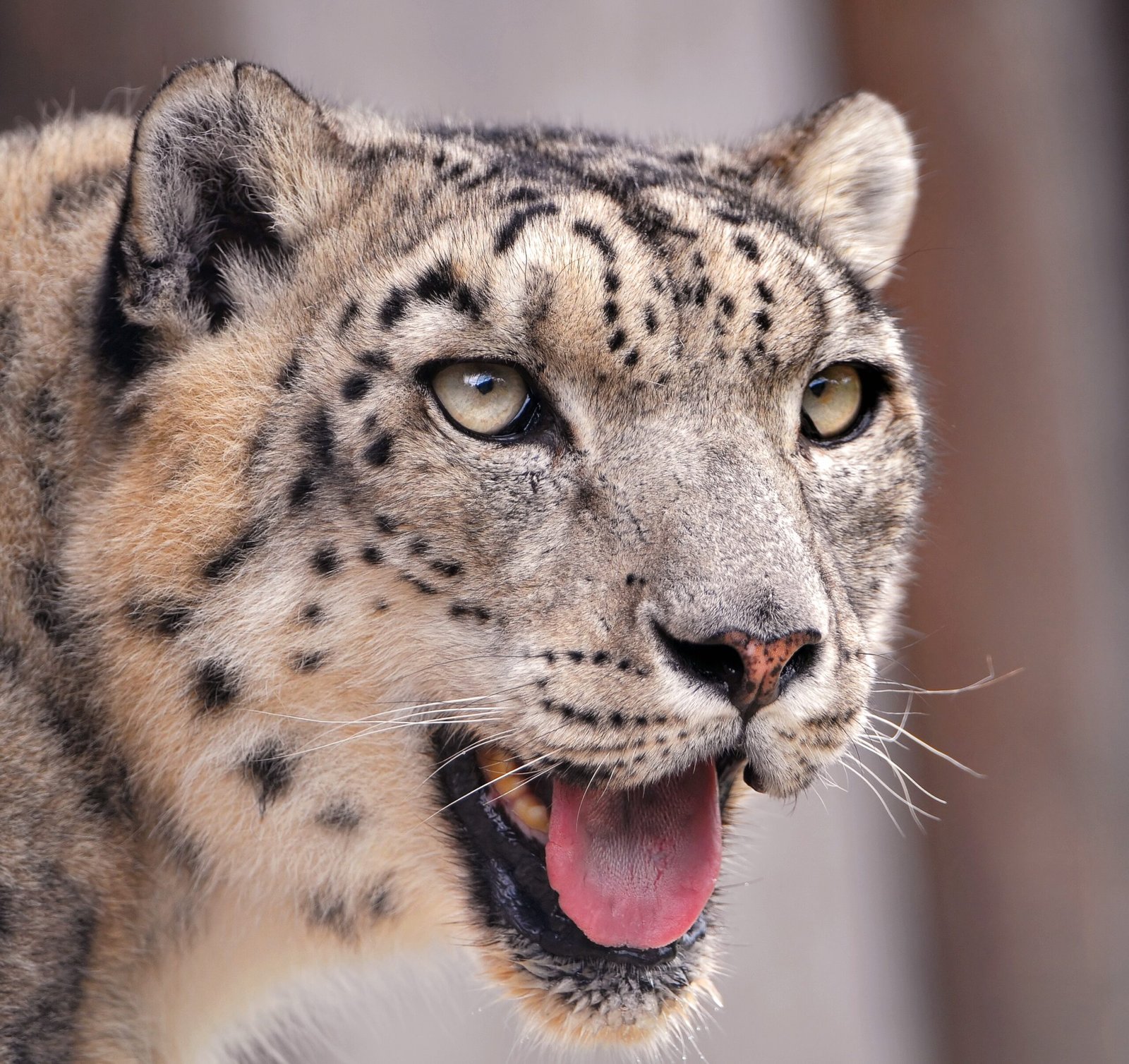
Snow leopards live in some of Earth’s most isolated places, yet they’re surprisingly social creatures. These mountain phantoms use specific rocks and ridges as meeting points, leaving scent marks that serve as bulletin boards for their scattered community. A single marking spot might be visited by multiple snow leopards over several months.
During mating season, their solitary nature gives way to playful courtship that can last for days. Pairs have been observed sharing kills and even engaging in what researchers describe as “play behavior”—a rare sight in the big cat world that reveals the emotional depth beneath their stoic exterior.
The Puma’s Paradox
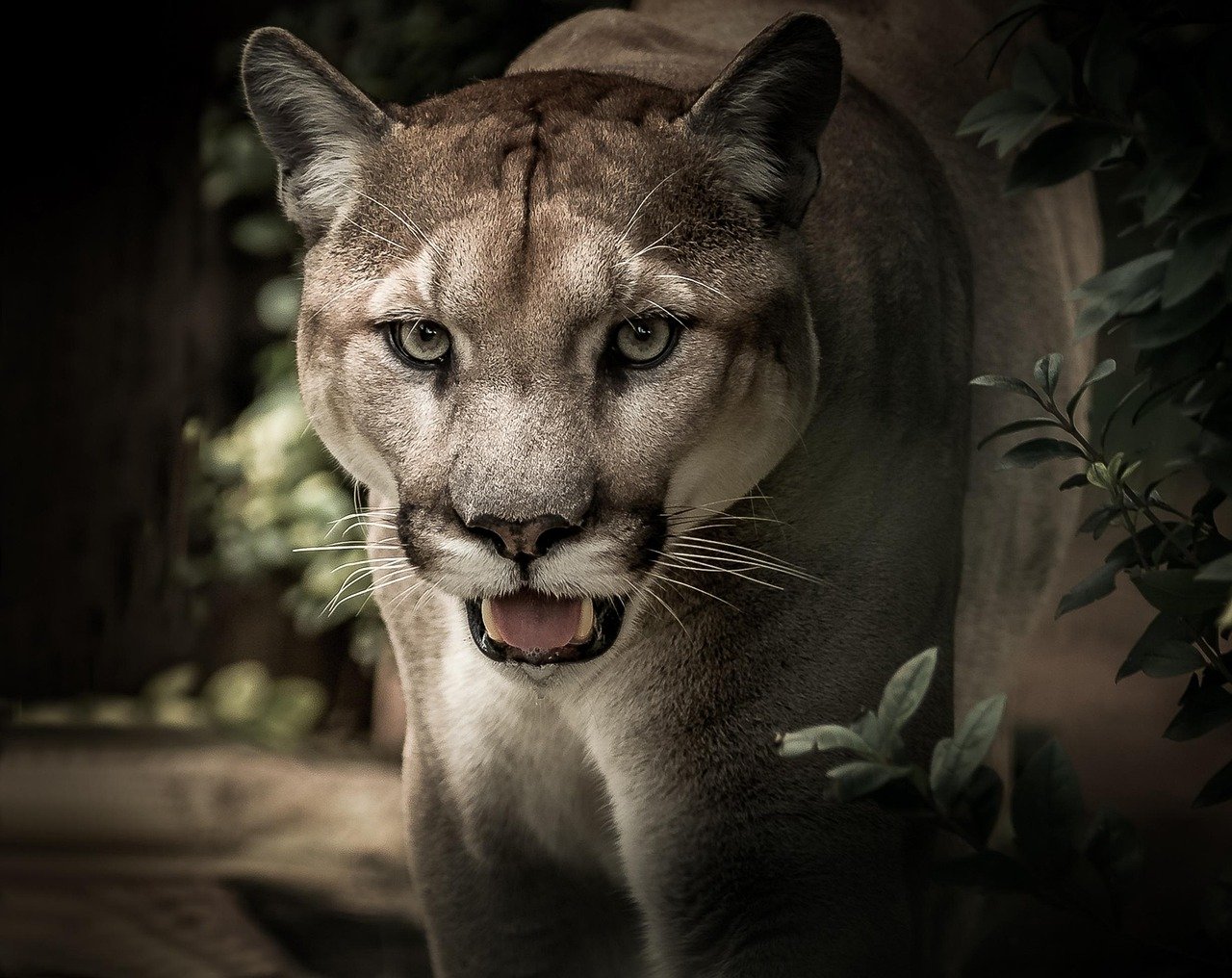
Pumas demonstrate perhaps the most flexible social system among big cats. In areas with abundant prey, they’ll tolerate overlapping territories and even share kills with offspring and siblings. However, in harsher environments, they become fiercely territorial, with males patrolling areas that can span 100 square miles.
What makes pumas fascinating is their vocal complexity. They can’t roar like other big cats, but they communicate through an impressive range of chirps, whistles, and purrs. Mothers use specific calls to teach hunting techniques, and adolescents maintain contact with siblings through distinctive vocalizations long after leaving their mother’s territory.
Tigers: The Solitary Supremes
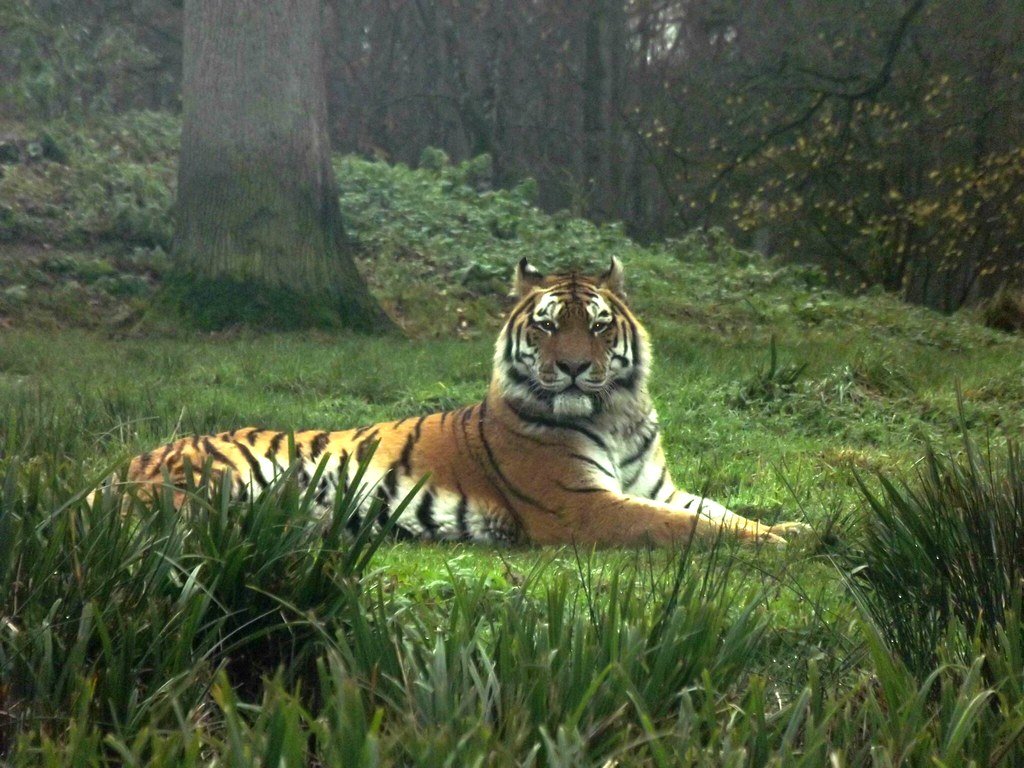
Tigers represent the pinnacle of solitary living among big cats, yet even they maintain intricate social connections. A male tiger’s territory typically overlaps with several females, creating a loose social structure based on mutual tolerance and respect. These relationships can last for years, with familiar individuals showing remarkable restraint during chance encounters.
The most surprising aspect of tiger social behavior is their communication across vast distances. Tigers can recognize individual roars from up to two miles away, and they use these vocal signatures to avoid conflicts, coordinate movements, and even express emotional states. Their solitude is selective, not absolute.
Jaguar Mysteries of the Amazon
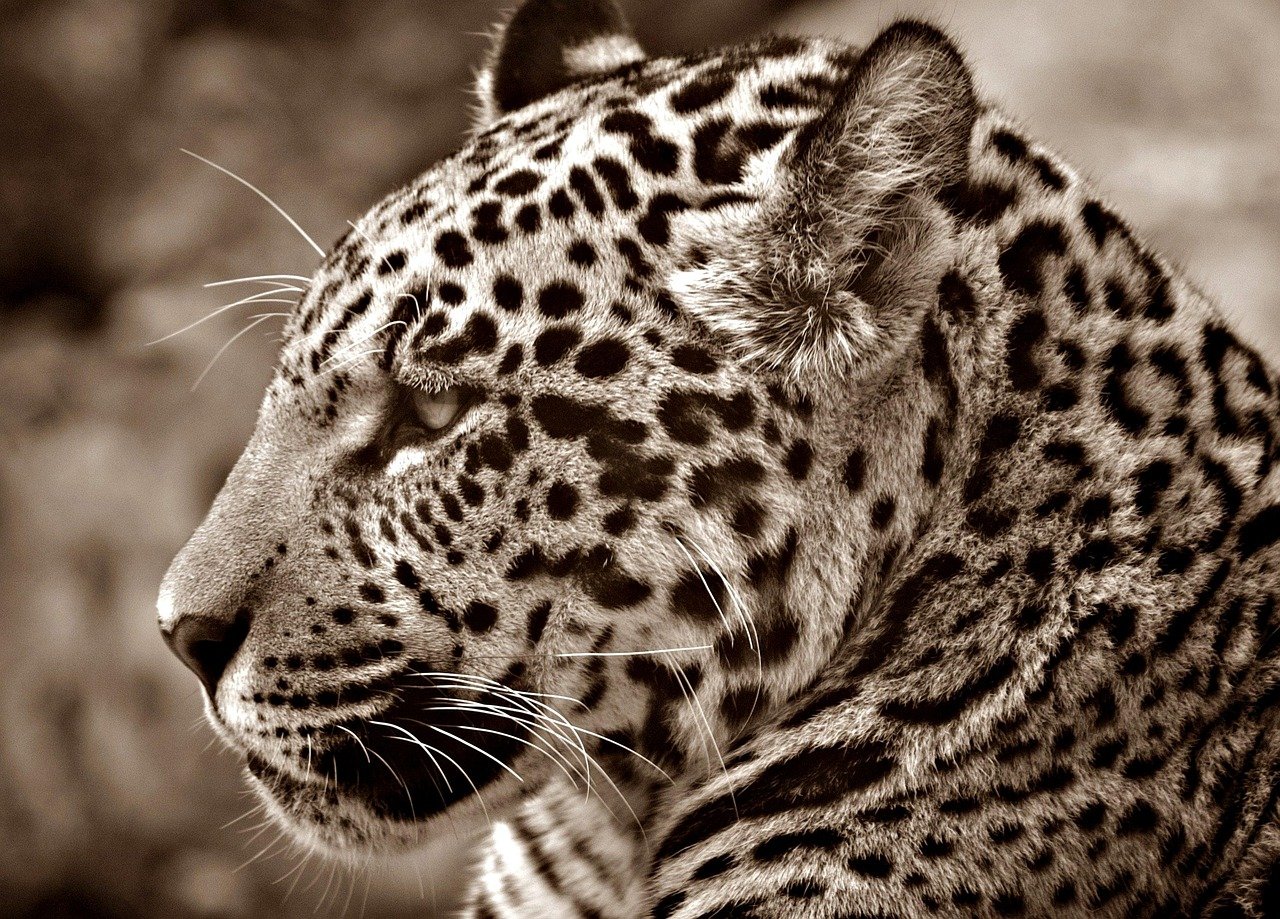
Jaguars inhabit the densest forests on Earth, making their social behaviors some of the most mysterious in the big cat world. Recent research suggests they’re more social than previously thought, with individuals showing preferences for specific companions and avoiding others entirely. This selective socialization indicates a level of personality recognition that rivals primates.
Unlike other big cats, jaguars are excellent swimmers and often hunt in water. This unique lifestyle has created opportunities for social interactions around productive fishing spots, where multiple jaguars might fish in relative proximity—a behavior that challenges traditional views of feline territoriality.
The Eurasian Lynx’s Hidden Networks
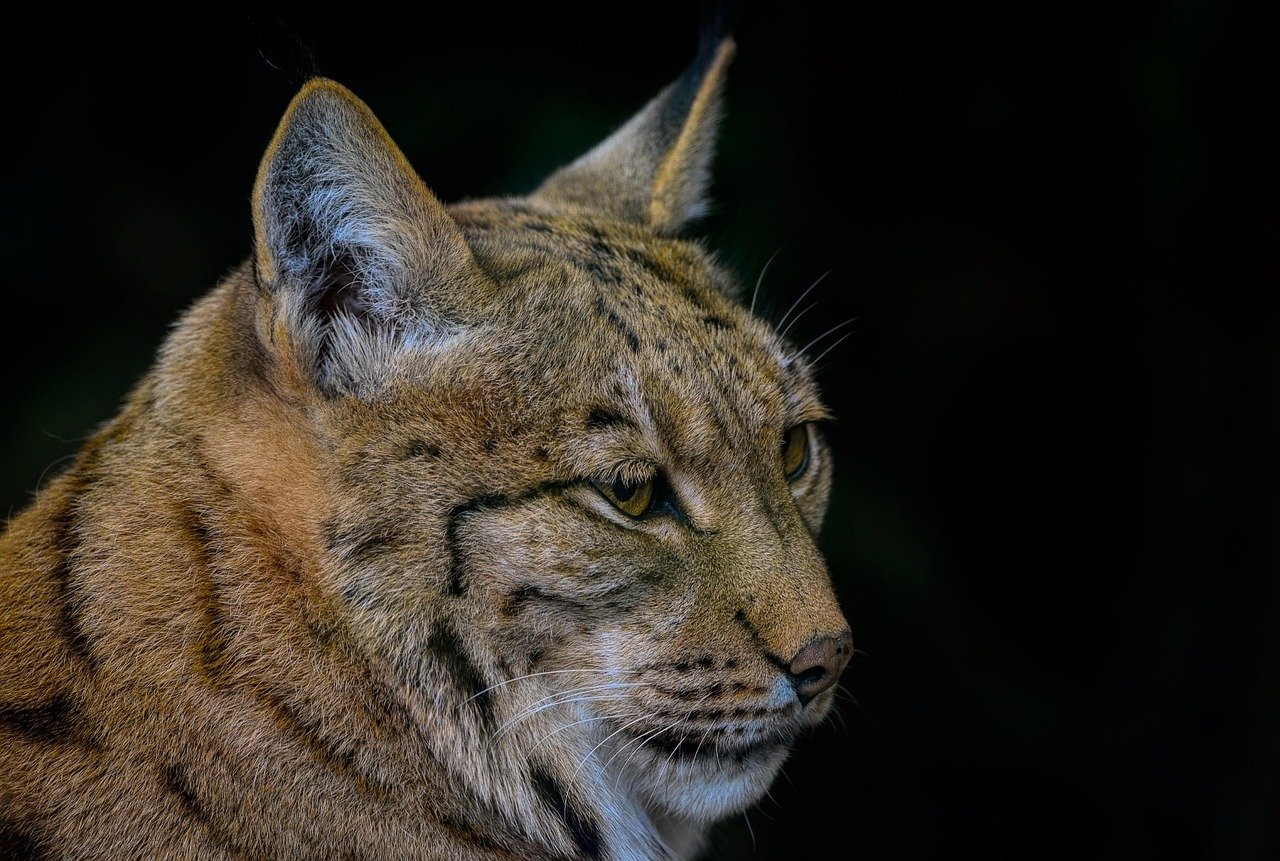
Eurasian lynx prove that size doesn’t determine social complexity. These medium-sized cats maintain detailed knowledge of their neighbors through an elaborate system of scent marking and visual signals. They create “highways” of scent posts that allow them to travel through territories while avoiding direct confrontation.
Young lynx often establish territories adjacent to their mothers, creating multi-generational neighborhoods. These family clusters can persist for decades, with knowledge about hunting grounds and seasonal migrations passed down through generations. Their solitude is actually a sophisticated form of cooperative living.
Canadian Lynx: Survival Through Spacing
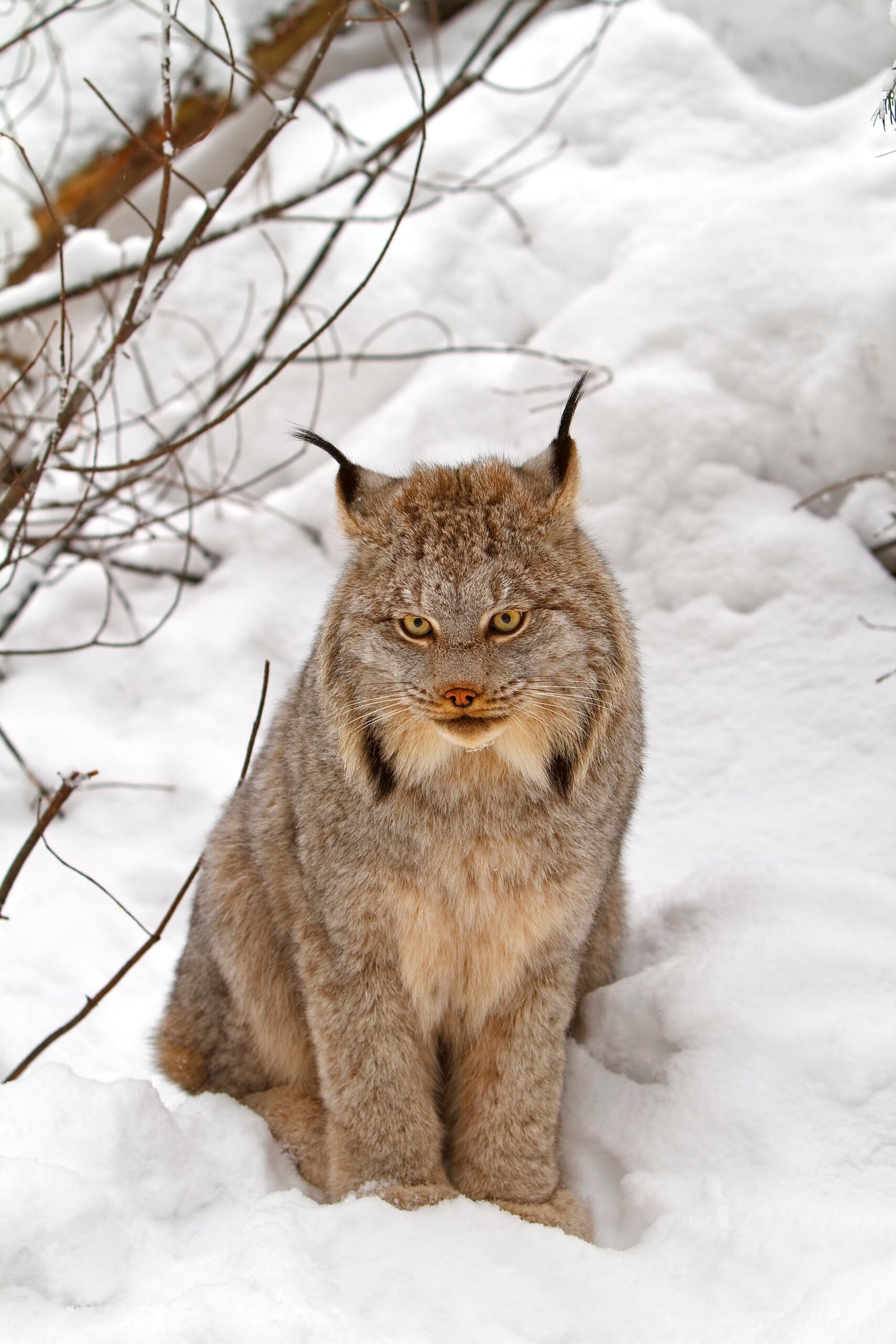
Canadian lynx face one of nature’s most dramatic population cycles, tied directly to their primary prey—snowshoe hares. During peak hare years, lynx territories shrink dramatically, and social tolerance increases. When hare populations crash, lynx spread out over vast areas, with some individuals traveling hundreds of miles to find adequate hunting grounds.
This boom-bust cycle has created unique social adaptations. Lynx have developed flexible territorial boundaries that expand and contract based on prey availability. They can recognize dozens of individual scent signatures and adjust their behavior accordingly, showing remarkable social intelligence despite their reputation for solitude.
Bobcats: The Suburban Adapters

Bobcats showcase incredible adaptability in their social behavior, especially as they increasingly encounter human environments. In suburban areas, they’ve developed modified territorial systems that allow for higher population densities than their wild counterparts. This adaptation demonstrates the flexibility hidden within their solitary nature.
Urban bobcats often show increased tolerance for other individuals, sharing hunting areas and even denning sites. They’ve learned to communicate through new channels, using human-made structures as scent-posting stations. This behavioral flexibility suggests that solitude in big cats is more about resource management than inherent antisocial tendencies.
The Ocelot’s Selective Sociability
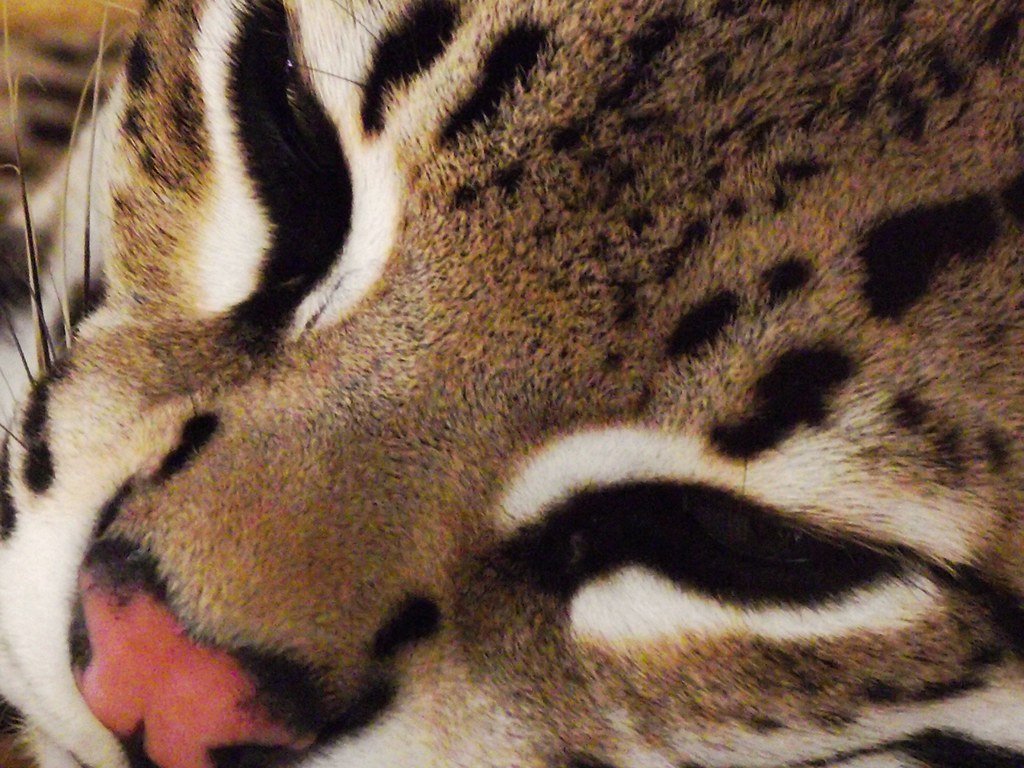
Ocelots represent one of the most socially flexible small cats, with behavior that varies dramatically based on habitat and prey availability. In dense forests, they maintain strict territories with minimal overlap. However, in fragmented habitats, they show increased social tolerance and even cooperative behaviors.
Their communication system is surprisingly complex, featuring over a dozen distinct vocalizations that serve different social functions. Young ocelots remain with their mothers for up to two years, learning not just hunting techniques but also the social protocols necessary for navigating their complex territorial systems.
Margay: The Acrobatic Loners

Margays spend most of their lives in the forest canopy, creating unique challenges for social interaction. These arboreal cats have developed specialized scent-marking behaviors that work in three-dimensional space, leaving chemical messages on branches and bark at various heights. Their solitary lifestyle is shaped by their vertical habitat rather than antisocial tendencies.
Despite their aerial lifestyle, margays show remarkable social awareness. They can mimic the calls of their prey species and even use vocal mimicry to communicate with other margays across the forest canopy. This sophisticated use of sound demonstrates that solitude doesn’t mean isolation from complex social networks.
The Serval’s Grassland Connections
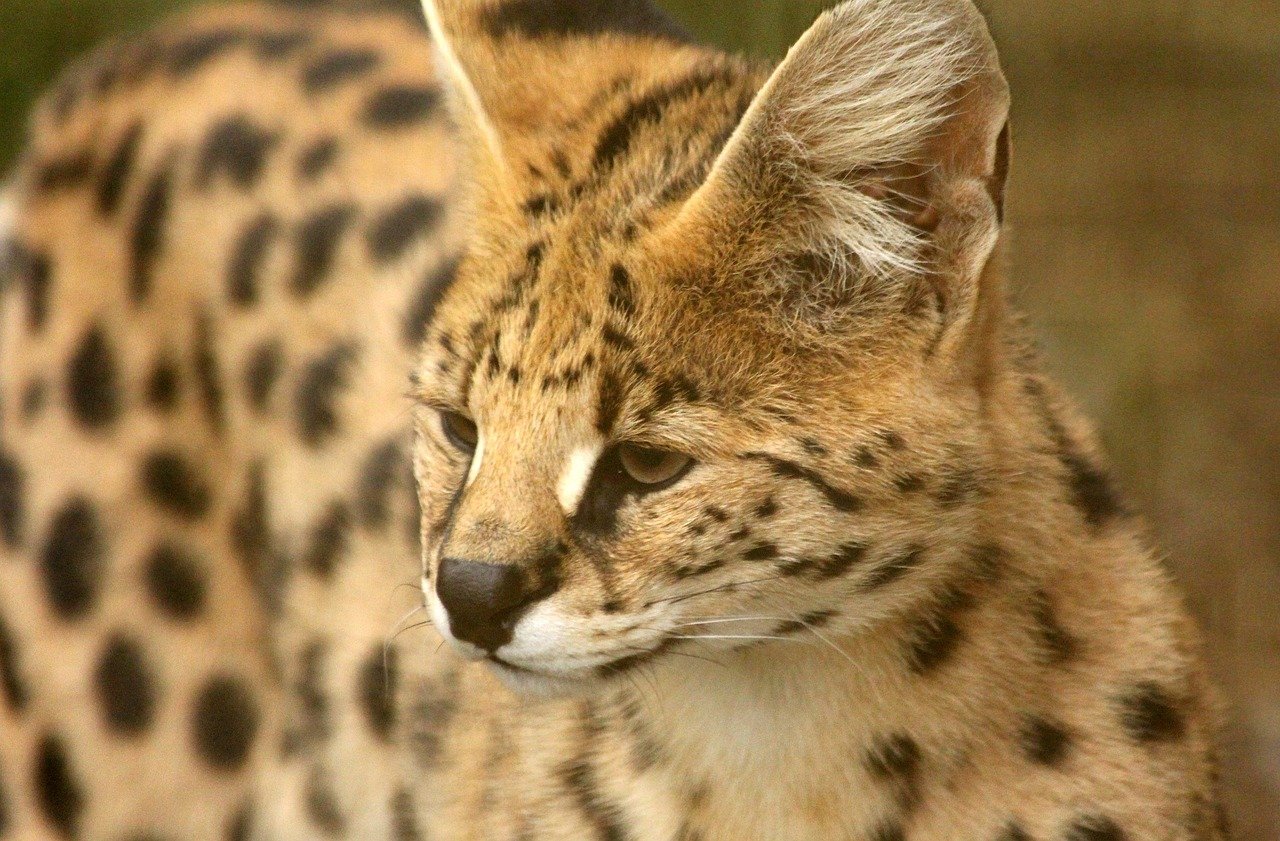
Servals inhabit the grasslands of Africa, where their enormous ears and long legs make them perfectly adapted for hunting in tall grass. Their social system revolves around overlapping territories that allow for regular contact between individuals. Unlike many cats, servals often hunt in loose proximity to others, especially during rodent population booms.
Their communication includes a unique “bark” that can be heard over long distances across open grasslands. This vocalization serves multiple purposes: territory advertisement, mate location, and coordination of movements. Servals demonstrate that solitude can coexist with active social communication.
Sand Cat: Desert Solitude
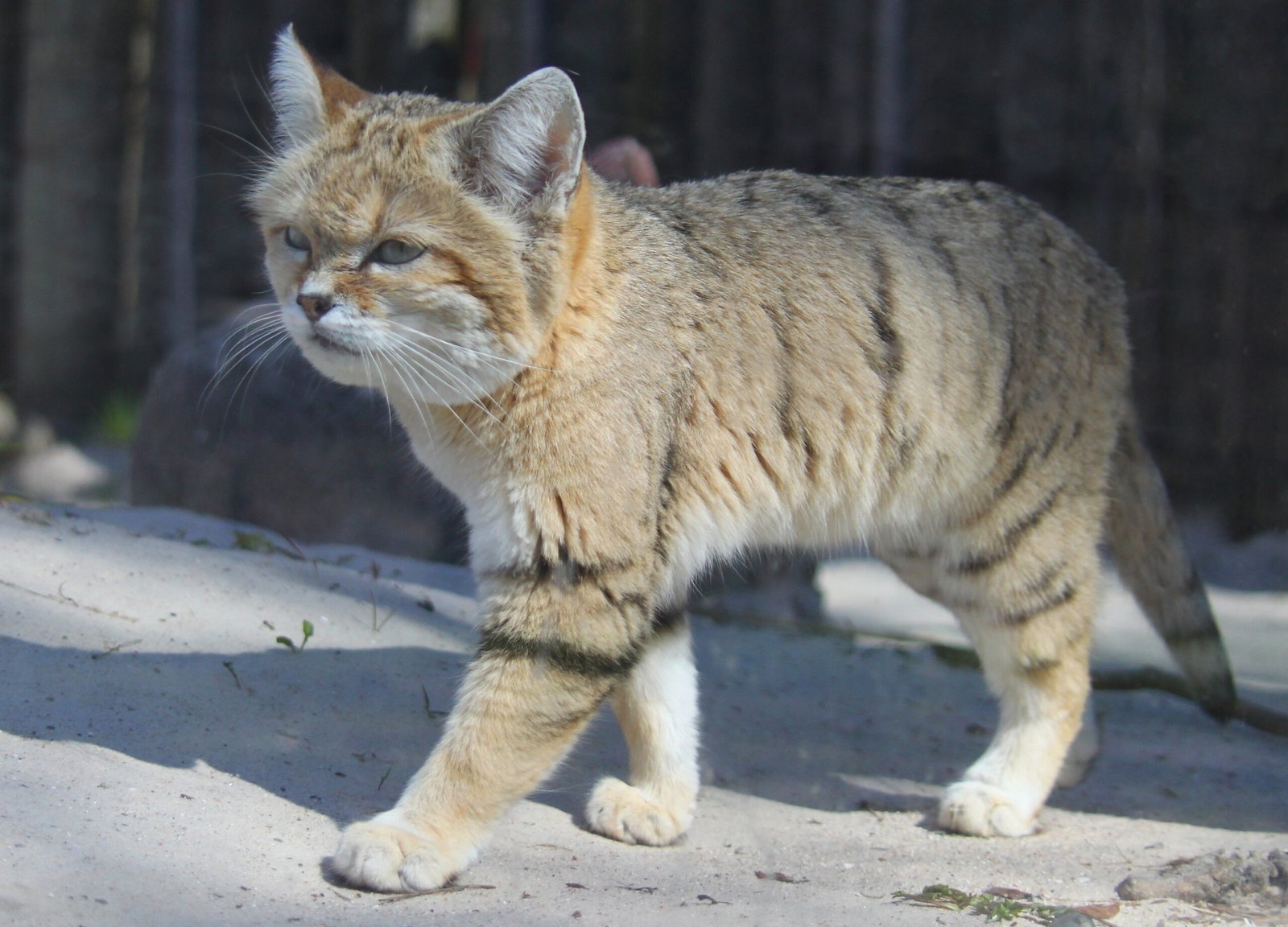
Sand cats live in some of Earth’s harshest environments, where resources are scarce and temperatures extreme. Their social system is built around water sources and productive hunting areas, with individuals maintaining detailed mental maps of their neighbors’ territories and schedules. This knowledge prevents conflicts while ensuring access to critical resources.
During the brief breeding season, sand cats transform from solitary hunters into devoted partners. Pairs engage in elaborate courtship behaviors that can last for weeks, and males often provide food for females and their kittens. Their seasonal shift from solitude to cooperation shows how environmental pressures shape social behavior.
The Fishing Cat’s Wetland Wisdom

Fishing cats challenge many assumptions about feline water avoidance and social behavior. These skilled swimmers often hunt in areas where multiple individuals might encounter each other, leading to the development of complex social protocols around productive fishing spots. They’ve learned to share resources in ways that benefit the entire population.
Their territories are often linear, following waterways that can stretch for miles. This unique territorial shape creates opportunities for social interaction at crossing points and confluences. Fishing cats have developed a sophisticated understanding of timing and space that allows them to maintain both solitude and social connections.
Pallas’s Cat: The Stoic Survivor
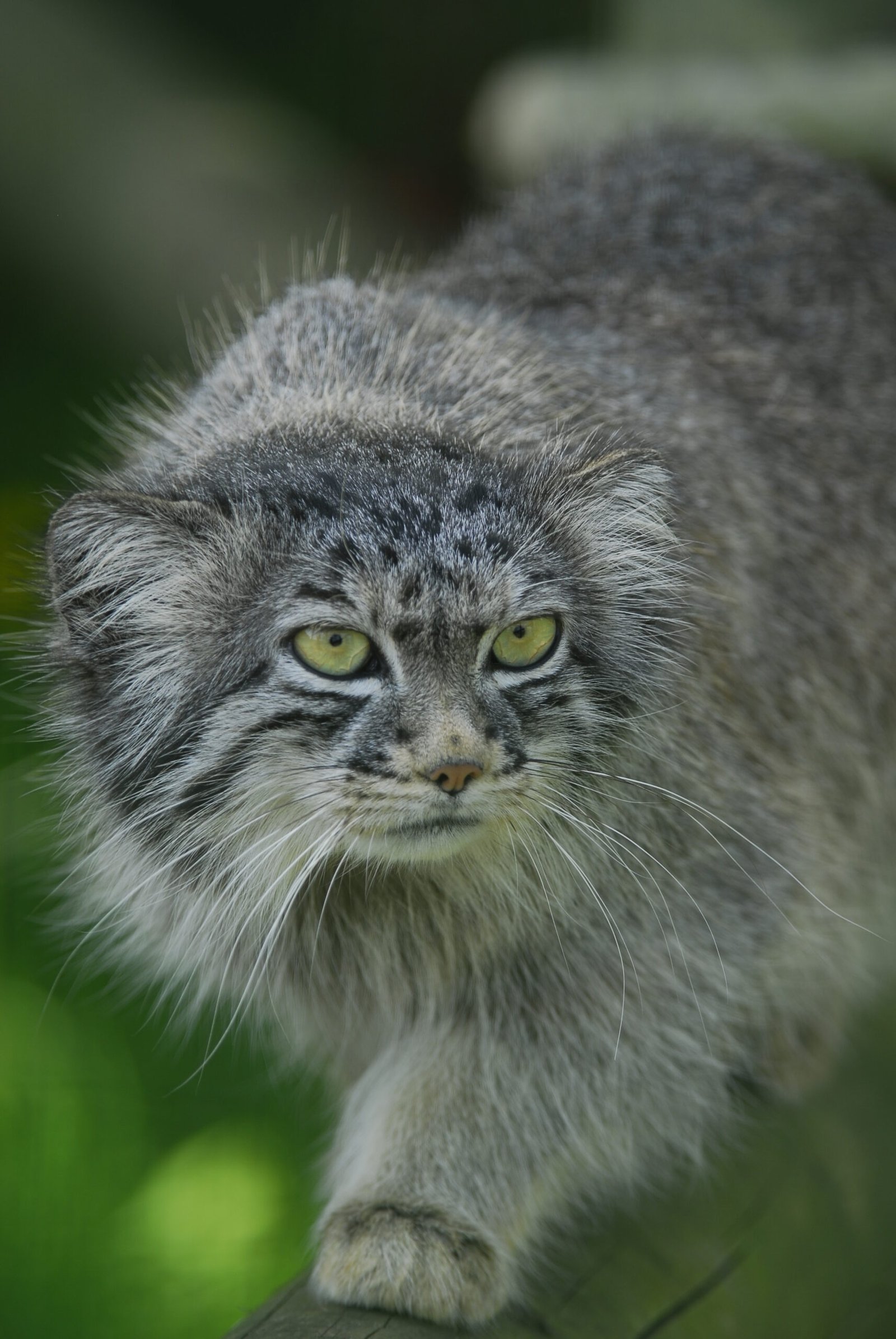
Pallas’s cats, with their distinctive flat faces and long fur, inhabit the steppes of Central Asia where extreme weather and sparse prey create unique social challenges. Their solitary nature is an adaptation to resource scarcity, but they maintain complex communication networks through scent marking and seasonal gathering points.
During harsh winters, these cats have been observed sharing den sites with non-related individuals—a behavior that suggests their antisocial reputation might be more about survival strategy than inherent personality. Their ability to cooperate when necessary while maintaining independence shows the adaptive value of flexible social systems.
The Future of Feline Solitude
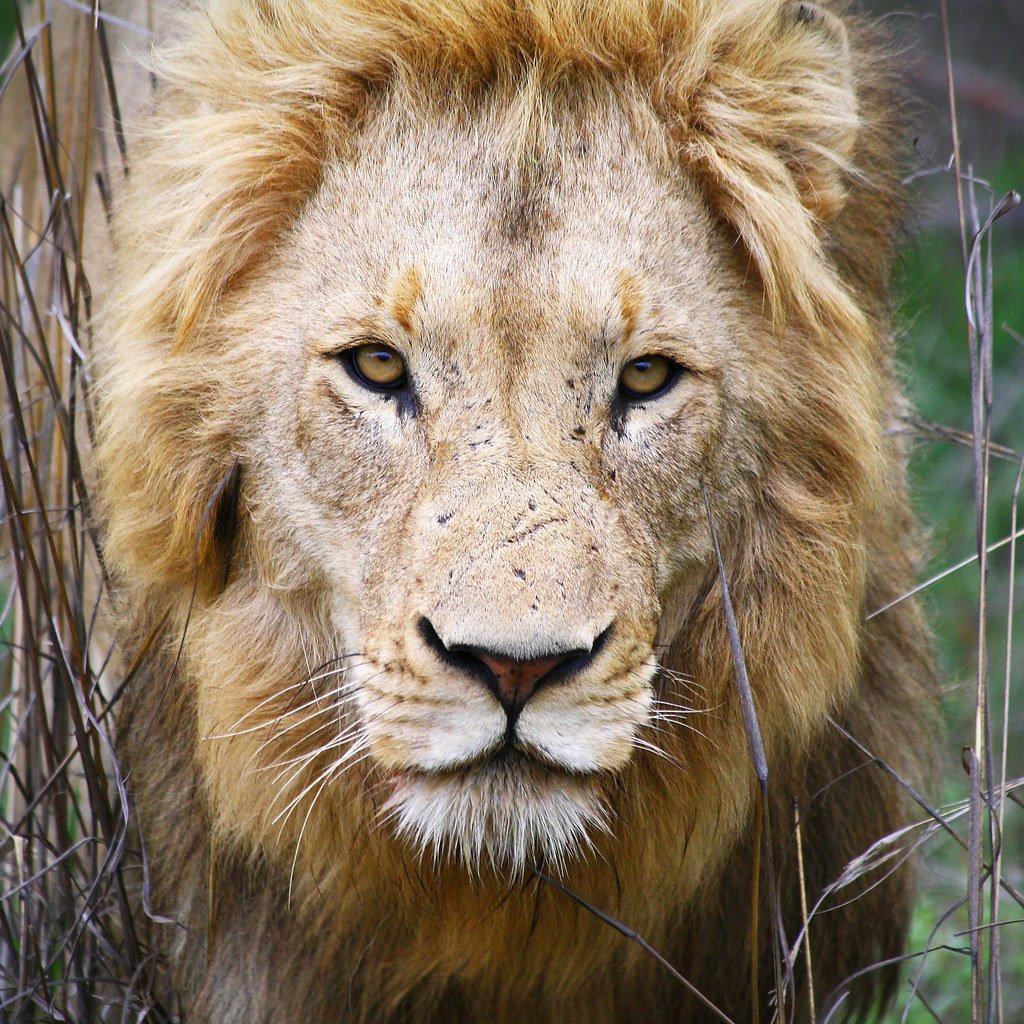
As human activities continue to fragment natural habitats, big cats are demonstrating remarkable adaptability in their social behaviors. Species once considered strictly solitary are developing new forms of cooperation and communication. Urban environments are creating opportunities for social interactions that would never occur in the wild.
Climate change and habitat loss are forcing these magnificent predators to reconsider their traditional social structures. The cats that survive will likely be those that can balance their need for solitude with the flexibility to adapt their social behaviors to changing circumstances. Their future depends not just on space and prey, but on their ability to maintain the complex social networks that have always existed beneath their solitary exterior.
Perhaps the most profound lesson from studying big cat social behavior is that solitude and social connection aren’t opposites—they’re complementary strategies that these remarkable animals have mastered over millions of years. What might appear as antisocial behavior is actually a sophisticated system of resource management, conflict avoidance, and selective cooperation that ensures survival in a challenging world.
Hi, I’m Bola, a passionate writer and creative strategist with a knack for crafting compelling content that educates, inspires, and connects. Over the years, I’ve honed my skills across various writing fields, including content creation, copywriting, online course development, and video scriptwriting.
When I’m not at my desk, you’ll find me exploring new ideas, reading books, or brainstorming creative ways to solve challenges. I believe that words have the power to transform, and I’m here to help you leverage that power for success.
Thanks for stopping by, Keep coming to this website to checkout new articles form me. You’d always love it!





